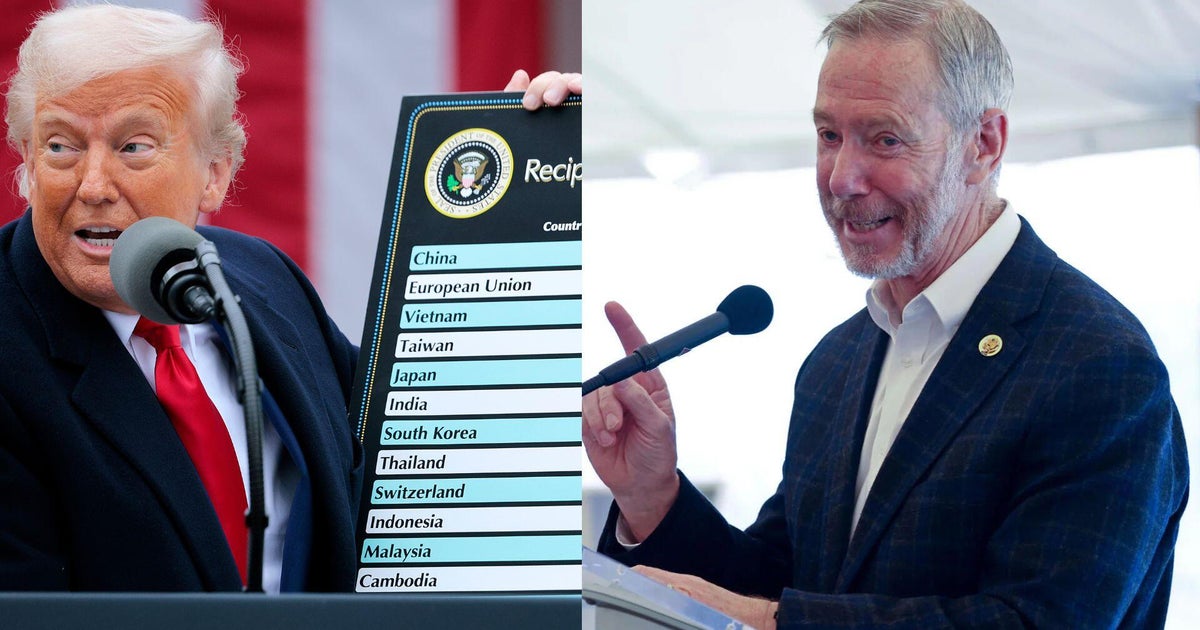Here's how the Revolutionary War started in Massachusetts 250 years ago
This Saturday, April 19, marks 250 years since the start of the Revolutionary War in Massachusetts.
It began with the "Shot heard 'round the world" on April 19, 1775 in Lexington and it marked the end of a decade of simmering tension between the colonies and Britain.
You could say it started in 1763 over a cup of coffee. Following the French and Indian War, the English monarchy was heavily in debt. King George III imposed the Sugar Act, which taxed foreign imports of sugar and molasses. It also levied taxes on other items, like coffee.
The Stamp Act
This riled colonists but the king wasn't done. In 1765 came the Stamp Act. This was a tax on any printed material in the form of a stamp. Newspapers, pamphlets even playing cards all had to have the stamp, and that cost money.
By this time, the colonists had had enough. They started organizing in places like the Green Dragon Tavern in downtown Boston.
"Sam Adams, John Hancock, Paul Revere. They all met in the Green Dragon, and they had a secret society, the Sons of Liberty," explains Noelle Somers, whose family now owns the cozy pub.
The original location was on Union Street, but the current Dragon on Marshall Street is a page from another century. It was in places like this where the idea of revolution took shape. It was also convenient for gathering intelligence on British troops.
"The bar was an English bar, a British bar and the redcoats would come and enjoy a pint and discuss what was coming," said Somers.
It was after this that the rallying cry "No taxation of representation" was adopted. Resistance was so strong, the king repealed the Stamp Act a year later. To reassert sovereignty, George III legislated the Declaratory Act in 1766, which affirmed England's absolute right to rule over the colonies and tax them as it wished. The Townshend Act followed, which was a series of taxes on all manner of items. It was meant to raise more revenue for England but also raised tensions.
The Boston Massacre
On March 5, 1770, emotions bubbled over. Boston locals and English troops got into a confrontation, leading to the Boston Massacre.
"It's chaos. With the firing, the crowd calms down of course. There are three people dead in the street, a couple others mortally wounded," explained Dr. Robert Allison of Suffolk University, an expert on the Revolutionary War.
Five people were killed, six were wounded. The greatest impact, however, was how colonials used it as propaganda and a rallying cry against British rule.
"Samuel Adams always said, 'Putting your enemy in the wrong and keeping him in the wrong is a good lesson,'" said Allison.
The Boston Tea Party
The massacre was largely an organic event. Three years later, another watershed moment took place after weeks of planning.
"We look at it as the single most important event leading up to the American Revolution," said Evan O'Brien, the creative services director of the Tea Party Ships & Museum in Boston.
Between 100 and 150 people took part in what was the worst kept secret in town. More than 1,000 came to watch.
"A combination of regular townsfolk, the Sons of Liberty, people from of all different backgrounds and classes all came down, right to this location on Griffin's Wharf," said O'Brien.
Just like that, 92,000 pounds of tea went overboard and the Boston Tea Party became legend.
King George III was livid. In the spring of 1774, he passed the Intolerable Acts. It closed down Boston Harbor and limited self-governance in Massachusetts.
The colonists responded. In the fall of that year, the Continental Congress was formed. They outlined their grievances, organized resistance and prepared for the inevitability of conflict.





